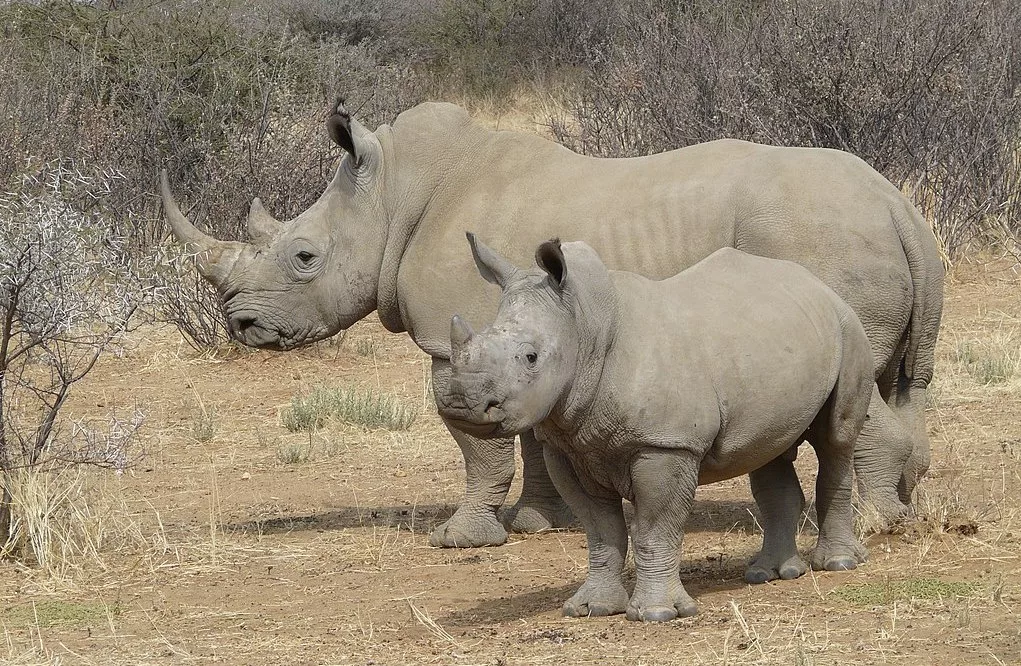When a rhino mom charges to protect her little one from a threat, she puts her all into it. Despite her poor eyesight, she rushes towards the danger with precision, placing her tanklike body between her young and the menace where possible. The no-holds-barred approach to saving her offspring leaves few would-be attackers unscathed.
This level of resolution has been largely lacking in the global (human) community’s efforts to enforce a ban on the trade in rhinos’ horns. As the Environmental Investigation Agency’s (EIA’s) Taylor Tench puts it, “we’ve never been all on the same page” when it comes to adopting measures to make the prohibition work.
Advocates for international trade in rhino horn — ostensibly from dehorned farmed individuals — rarely point this out when arguing that the ban hasn’t worked, as they have claimed following John Hume’s attempted auction of his giant rhino farm. But it is a critical point to understand in the debate over trade because it shows the ban has much room for improvement.
To continue reading this story, please follow this link to Daily Maverick, which originally published the article.
Featured image via by Zigomar / Wikimedia, cropped to 1021×666, licensed under CC BY-SA 3.0

